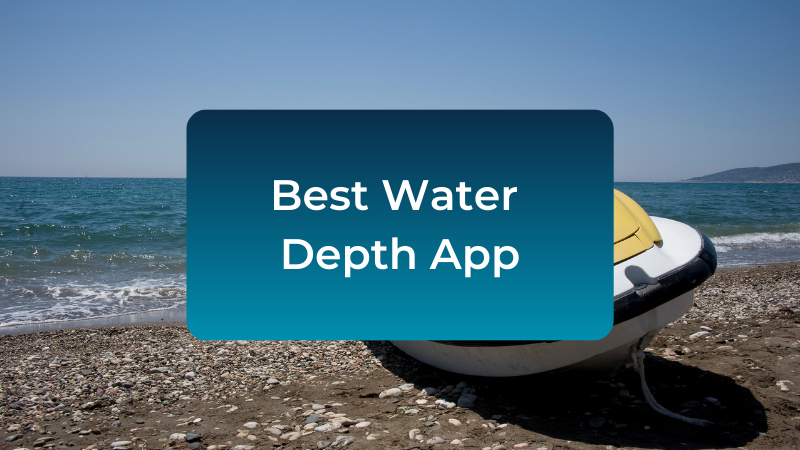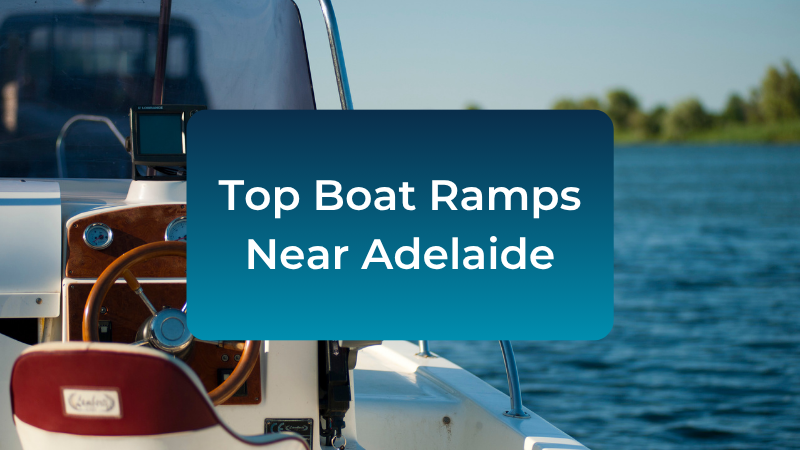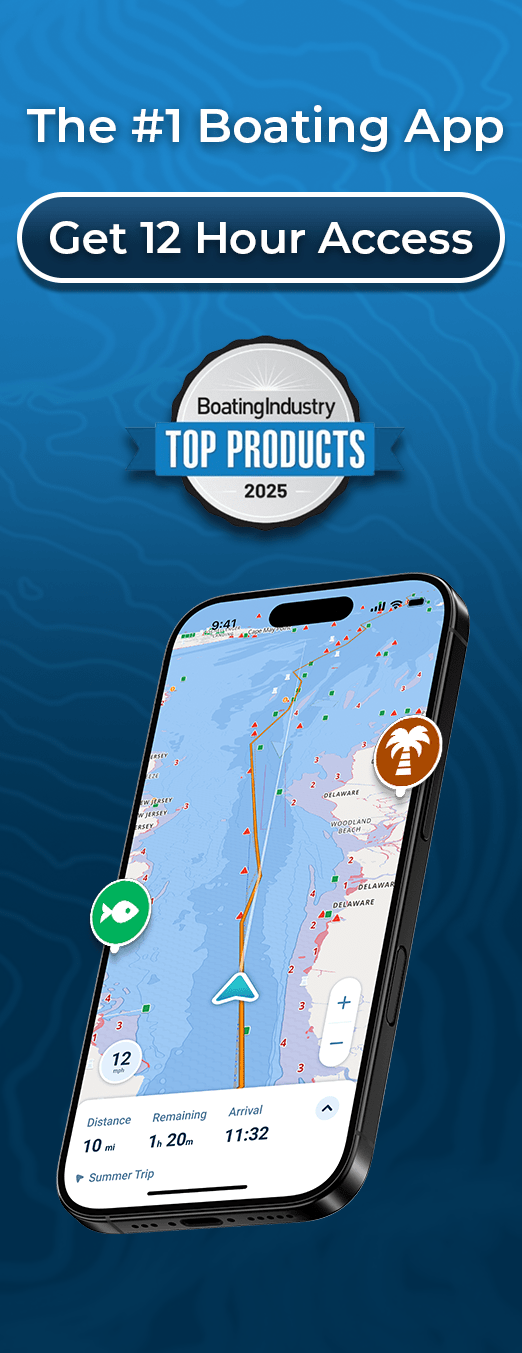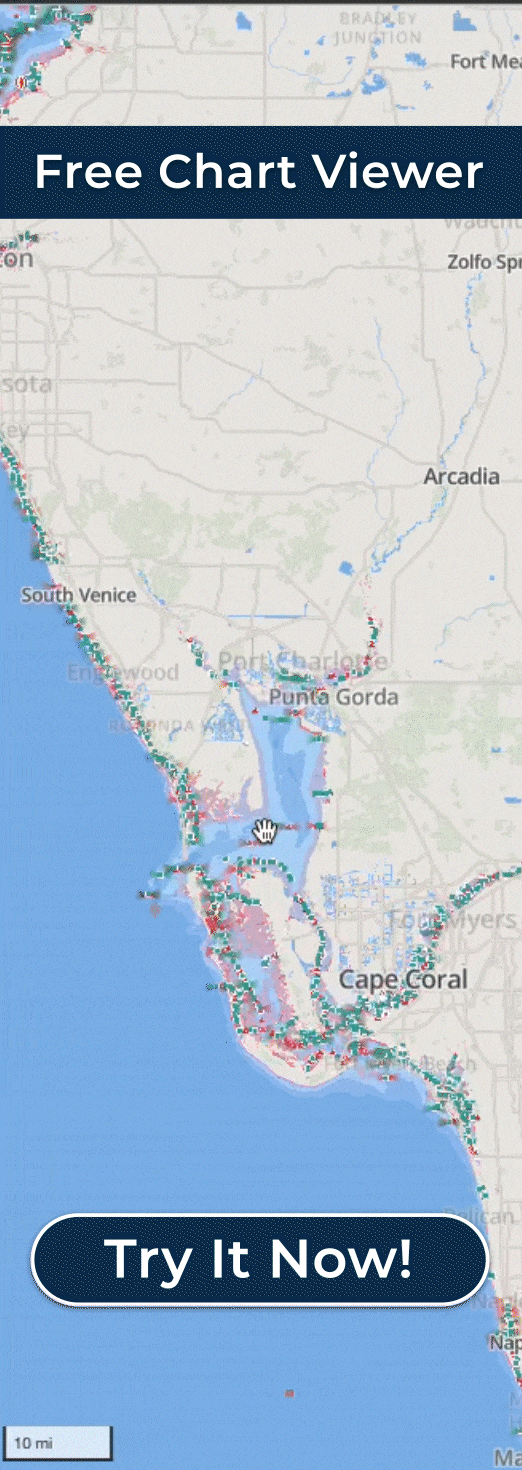
Table of Contents
- What is the important safety information found on a boat’s capacity plate?
- What does a capacity plate indicate?
- Suppose you have a 19-foot boat. What information will be shown on your boat’s capacity plate?
- Under federal law, which type of boat must have a capacity plate?
- What useful information can be found on a capacity plate?
- A boat’s capacity plate provides important information about what?
- What information is displayed on the capacity plate of an outboard powerboat?
- What happens if a boat is loaded beyond its capacity?
- What length of boat requires a capacity plate?
- A boat’s capacity plate gives the maximum weight in what weather conditions?
- What information is displayed on the capacity plate of an outboard powerboat?
- How will a boat perform if it is loaded beyond its capacity?
- What usually appears on the capacity plate of a powerboat?
- People Also Ask
What is the important safety information found on a boat’s capacity plate?
A boat capacity plate is a federally required label that provides essential safety information about your vessel. This small but critical plaque is typically located near the boat’s helm or control area. It helps boaters understand their boat’s safe operating limits and is a key tool in preventing overloading-related accidents.
Capacity Plate Boating Definition
A capacity plate is a permanently affixed label that displays the maximum weight, number of persons, and engine horsepower recommended for a boat by its manufacturer or as mandated by law.
What does a capacity plate indicate?
A capacity plate indicates the maximum:
- Number of persons (by weight or number)
- Total weight (including people, gear, and motor)
- Horsepower (for outboard motorboats)
This information is crucial for operating the boat safely, especially in unpredictable water or weather conditions.
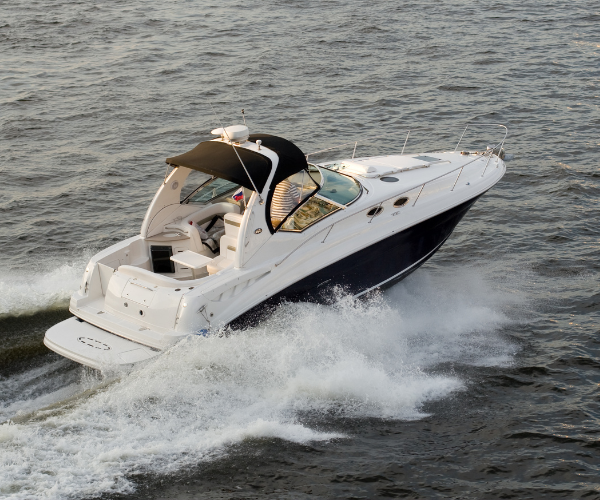
Suppose you have a 19-foot boat. What information will be shown on your boat’s capacity plate?
If you have a 19-foot boat, the capacity plate will typically include:
- Maximum number of passengers (e.g., 6 persons or 900 lbs)
- Maximum total weight the boat can safely carry (e.g., 1,200 lbs including gear and engine)
- Maximum recommended horsepower for the motor (e.g., 115 HP)
This tells you how many people you can safely carry and how much power your motor can have without compromising stability.
Under federal law, which type of boat must have a capacity plate?
Under U.S. federal law, all monohull motorboats less than 20 feet in length must have a capacity plate. This requirement is enforced by the U.S. Coast Guard and helps ensure that smaller boats, which are more vulnerable to instability, are operated safely.
Boats over 20 feet are not required by federal law to have a capacity plate, but many manufacturers still provide one voluntarily for safety.
What useful information can be found on a capacity plate?
The capacity plate boat owners rely on includes:
- Maximum person capacity in weight and/or number
- Combined maximum weight (people + gear + motor)
- Recommended maximum engine size (horsepower)
- Sometimes, manufacturer contact info
This information helps you make quick, informed decisions before you even leave the dock.
A boat’s capacity plate provides important information about what?
In summary, a boat’s capacity plate provides critical information about:
- Safe load limits
- Passenger limits
- Engine compatibility
- Total weight capacity under normal conditions
Following this guidance helps prevent capsizing, swamping, and accidents due to overloading or engine overpowering.
What information is displayed on the capacity plate of an outboard powerboat?
For an outboard powerboat, the capacity plate will typically show:
- Maximum recommended horsepower for the engine
- Maximum number of persons (or total weight)
- Maximum combined weight (passengers, gear, motor)
This is particularly important because overpowering an outboard can dramatically affect handling and stability.
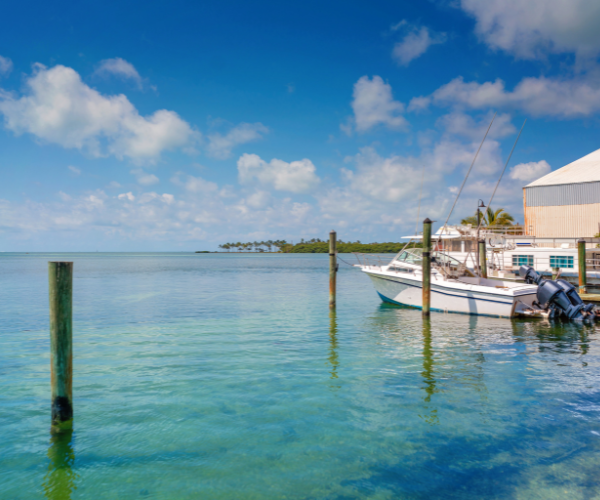
What happens if a boat is loaded beyond its capacity?
Overloading a boat can lead to several serious consequences:
- Increased risk of capsizing
- Reduced maneuverability
- Poor fuel efficiency
- Engine strain and potential mechanical failure
- Violations of boating laws or insurance policies
In rough weather or high-traffic areas, the risk of swamping or flipping increases dramatically.
What length of boat requires a capacity plate?
Boats that are less than 20 feet in length and powered by motors are required by law to have a capacity plate. This includes fishing boats, small runabouts, and most recreational powerboats in that size range.
A boat’s capacity plate gives the maximum weight in what weather conditions?
A boat’s capacity plate gives the maximum safe load under calm, normal weather conditions. It’s not a guarantee of safety in rough seas, high winds, or heavy currents—boaters should use caution and reduce loads accordingly in challenging conditions.
What information is displayed on the capacity plate of an outboard powerboat?
If your boat is overloaded:
- It may sit lower in the water, making it easier for waves to come aboard.
- Steering becomes sluggish, and acceleration decreases.
- It may tilt or list, especially during turns.
Your chances of swamping or capsizing increase significantly.
How will a boat perform if it is loaded beyond its capacity?
On a typical powerboat, a capacity plate usually displays:
- Maximum number of people or person weight
- Maximum total weight (passengers + gear + motor)
- Maximum engine horsepower (for outboard-powered boats)
What usually appears on the capacity plate of a powerboat?
To reiterate, the capacity plate boating definition is:
A required label that shows the maximum safe weight, number of people, and horsepower rating for a small motorized vessel, intended to reduce the risk of capsizing or overloading.
People Also Ask
What is the main purpose of a boat capacity plate?
To inform boaters of the maximum safe load and engine power, reducing the risk of capsizing or overloading.
Can you be fined for not following capacity plate limits?
Yes. Violating capacity recommendations can lead to fines, citations, or voided insurance claims in the event of an accident.
Is it safe to exceed the weight limit on a boat?
No. Exceeding weight limits can severely impact stability and increase the risk of accidents.
Do kayaks or canoes have capacity plates?
Most non-motorized boats do not require capacity plates under federal law, but they often have manufacturer weight recommendations.




